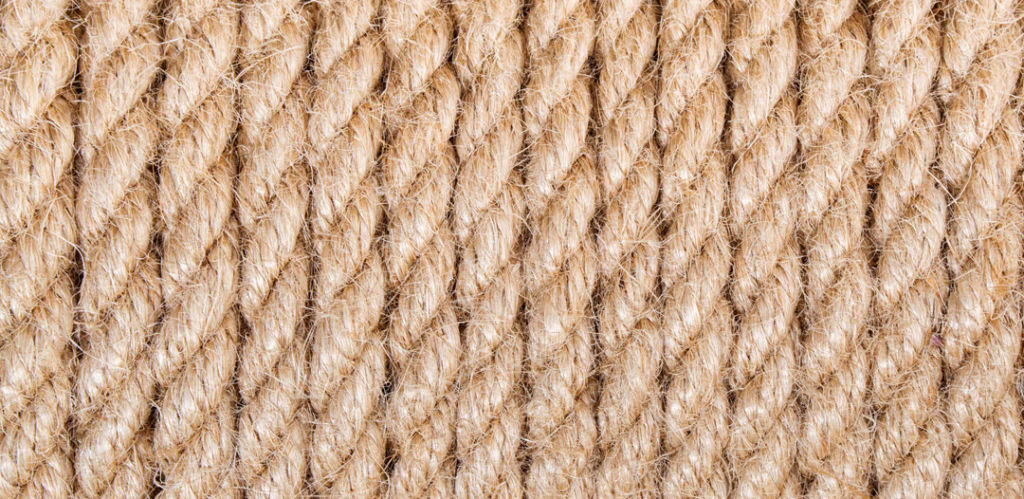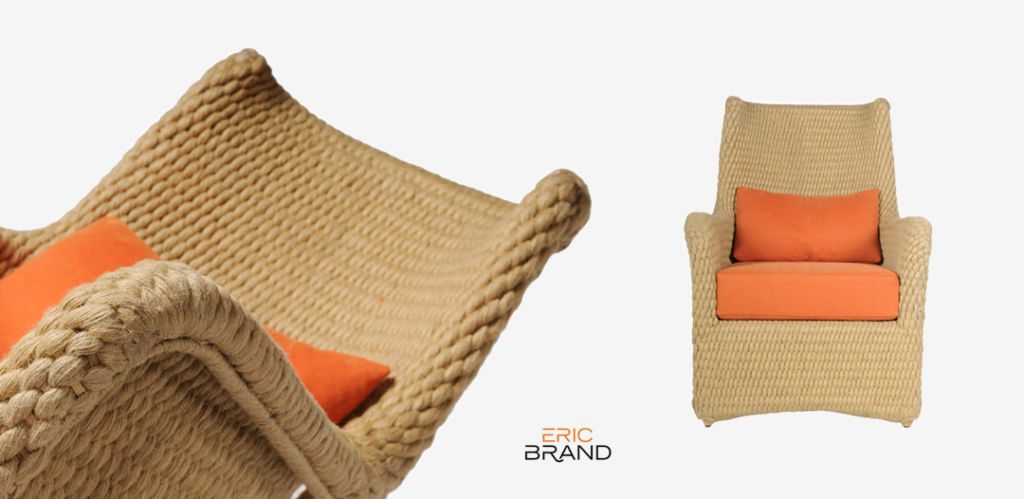THE BEAUTY OF JUTE FURNITURE
There’s a reason jute is referred to as “the golden fiber.” It’s incredibly strong, inexpensive, entirely sustainable, and comes second only to cotton in the world of textiles. However, unlike cotton, jute is a rain-fed crop with little need for fertilizer or pesticides, and the fiber that they produce is 100% biodegradable – making it a sustainable / inexpensive option for manufacturing.
Is it any wonder there are over 100 uses for this fiber, including carpets, drapes, upholstery, and rugs as well as accent pillows and throws? In it’s finished forms, jute is more commonly known as Burlap or Hessian. Hessian cloth, one of the lighter fabrics made from jute, is used for bags as well as wall coverings and is one of the more common forms of jute found in home furnishings.
We love how jute furniture provides a natural element to any home décor. While many people may think of jute as something you buy at an import store, it can be beautifully designed into substantial furniture such as the Eric Brand Rope lounge chair.
Although not exclusive to India, they are the largest jute-producing nation, creating nearly 2 million tons of raw fiber every year! In fact, jute has been used in India on family farms for centuries. It was twisted it into cordage and made into twine and ropes to be used on the farm. The jute hurd, left after the fibre was extracted, was used as firewood. Now jute is almost entirely grown by commercial growers.
The jute fiber comes from the stem and ribbon (outer skin) of the jute plant. The fibers are first extracted by a process called “retting.” The retting process consists of bundling jute stems together and immersing them in slow running water. There are two types of retting: stem and ribbon. After the retting process, stripping begins, in which non-fibrous matter is scraped off, then the workers dig in and grab the fibers from within the jute stem.
In a world that’s increasingly eco-conscious, jute remains a very attractive option when it comes to growing and harvesting fibers. The plants help to clean the air: during growth they assimilate three times more CO2 than the average tree, converting the CO2 into oxygen. Jute plants also enrich the soil: as these plants grow fast (4-6 months), they are often used in crop rotation. The leaves and roots left after harvest enrich the soil with micronutrients, maintaining soil fertility. The flooded fields also support fish populations.
In addition to being strong, sustainable and incredibly eco-friendly, other advantages of jute include good insulating and antistatic properties, as well as having low thermal conductivity and a moderate moisture regain. Jute’s versatility has no end – it can be blended with other fibers, both synthetic and natural, and accepts cellulosic dye classes such as natural, basic, vat, sulfur, reactive, and pigment dyes.
When it comes to the Golden Fiber, the possibilities are endless. If you’re looking for an effective way to add some natural elements to your interior design – while also helping the natural elements of our environment – look no further than jute. It really ties everything together

